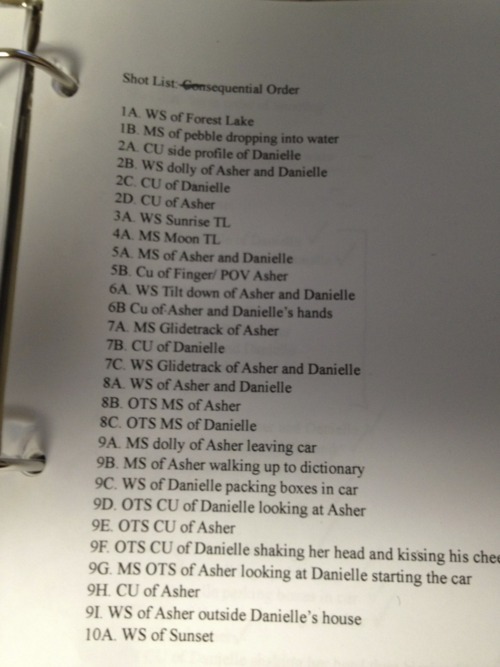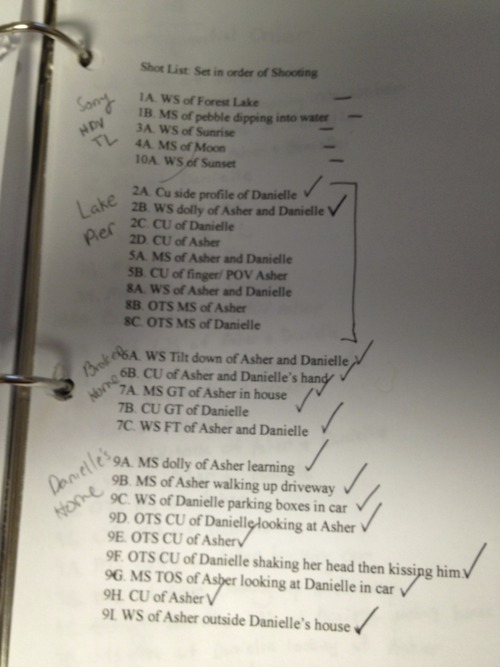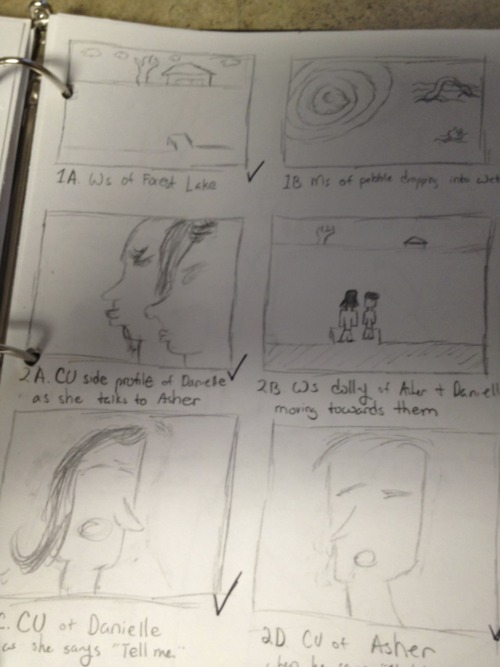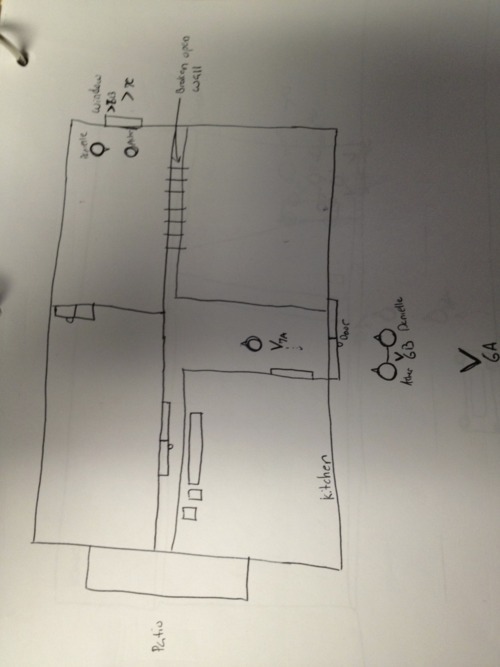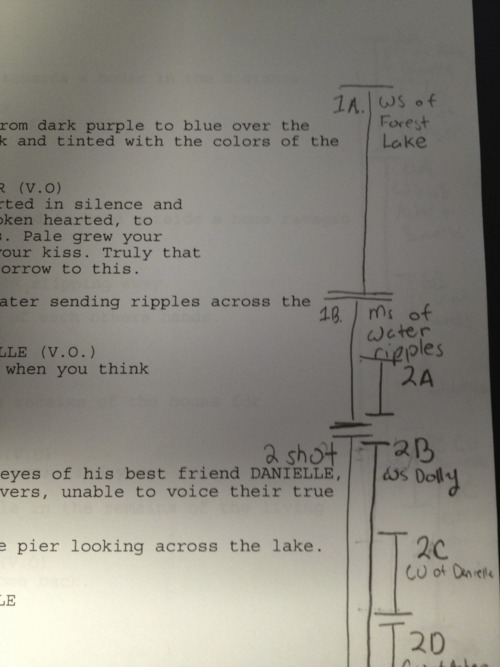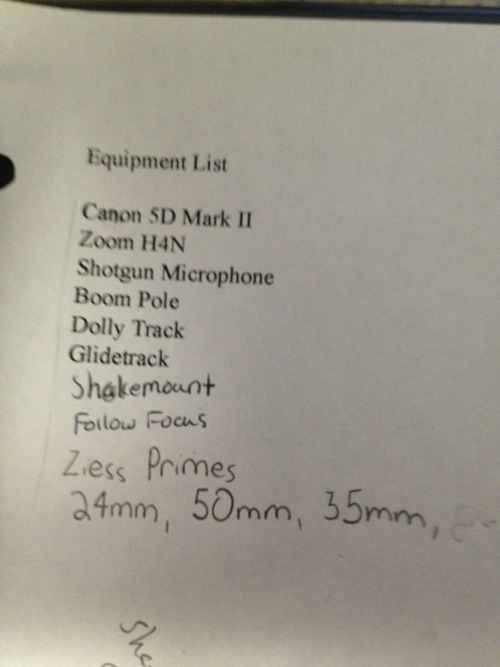Hello All! Here are my ten favorite Images.
Thought it would help you get to know me a little better! I'll start with my favorite movie in the world Moulin Rouge!
Context
Title - Moulin Rouge!
Director - Baz Luhrman
Cinematographer - Donald McAlpine
When - 2001
Budget - 50 million dollar budget
Place - 20th century France
Distributor - 20th Century Fox
Why - profit and entertainment
Content
Genres - Musical
Theme - Truth Freedom Beauty and Love
Thesis - An English writer falls in love with a courtesan. Their love is impossible because she must love whom ever pays for her. However their love is strong and ultimately "overcomes all obstacles".
Message - Love Conquers All
Form
Aesthetics - Medium Long Shot, profile two shot, soft focus with high contrast, vibrant colors
Film Form - Romantic comedy and it is a musical. The musical selections are shot like dreams. They have a lot of visual effects such as bright lights as well as smoke and uncomfortable close ups.
Context
Title - Kill Bill Volume I
Director - Quentin Tarantino
Cinematographer - Robert Richardson
When - 2003
Budget - 55 million dollar budget, shared with Volume II
Place - United States, Japan
Distributor - Miramax Films
Why - Entertainment, Profit, and Artistic
Content
Genres - Action
Cinematography
Theme - Martial Arts Film
Thesis - An ex assassin goes on a journey to kill her former team mates because they killed her bridal party and tried to kill her.
Message - Skilled fighter
Aesthetics - Long Shot, vibrant colors,
Film Form - Made like a Japanese, Martial Arts film so the shots are in focus because most of the time what is happening in the background is just as important as the foreground.
Context
Title - The Notebook
Director - Nick Cassavetes
Cinematographer - Robert Fraisse
When - 2004
Budget - 29 million
Place - Southern United States, 1940's
Distributor - Miramax Films
Why - Entertainment and Profit
Content
Genres - Romance
Theme - Love overcoming class barriers
Thesis - A young couple falls in love during the 1940's. Their love has to survive war, social class differences, and ultimately Alzheimer's and old age
Message - Young Love
Aesthetics - Medium Shot, soft colors, natural light,
Film Form - Romantic Love story set in the 1940's, the focus is never harsh and the objects of importance are in focus. Natural Light
Context
Title - Pan's Labyrinth
Director - Guillermo del Torro
Cinematographer - Guillermo Navarro
When - 2006
Budget - 19 million
Place - Mexico, Spain
Distributor - Warner Bros./ Picturehouse
Why - Entertainment, Profit, and Artistic
Content
Genres - Dark Fantasy
Theme - Rebellion, self discovery, imagination
Thesis - Young Ofelia must complete three tasks to return to save her mother and return home to her real father.
Message - The Faun must tell Ofelia what she must do.
Aesthetics - Medium profile two-shot, Dark, Cool colors, Important contrast on Ophelia because she is most important in the shot. Everything else blends together.
Film Form - Dark Fairytale. In this shot the Faun and Ophelia are in focus and the background makes them seem caged in. The entire movie is very dark giving it a mysterious and thrilling feel.
Context
Title - School Daze
Cinematographer - Ernest Dickerson
When - 1988
Budget - 6.5 million
Place - Historically Black College, Late 80's
Distributor - Miramax Films
Why - Entertainment, Profit
Content
Genres - Drama
Theme - Racism within the African American community
Thesis - Spike Lee plays a pledge trying to join Gamma Phi Gamma Fraternity. He shows the hardships in the African American community from hair texture to skin color and everywhere in between.
Message - Shows Julian trying to break Half-Pints spirit.
Form
Aesthetics - Big close- up two shot, Soft focus (made in the 80's)
Film Form - This film is depicting experiences Spike Lee had in college. The shots colors are very realistic as if the viewers are in the scenes as well. This close up is important to show Half-Pint (right) and Julian's (left) expressions.
Context
Title - 300
Cinematographer - Larry Fong
When - 2006
Budget - 65 million
Place - Sparta
Distributor - Warner Bros. Pictures
Why - Entertainment, Profit, Artistic
Content
Genres - Action
Theme - Gory through battle.
Thesis - King of Sparta, Leonidas, leads 300 Spartans into battle to defeat the Persians.
Message - Strength isn't always in Numbers.
Aesthetics - Medium shot, Dark, Monochromatic accept the color red. Height Contrast, over exposed back ground.
Leonidas and his soldiers look like Gods. The heavenly halo of light around his head makes him look like he just came from the sky or is about to return there. Also the soldiers in the background make
Leonidas look ready for anything. The only vibrant color in the film is red. The color or blood and the Spartans Uniforms, make them both all the more important.
Context
Title - Enchanted
Cinematographer - Don Burgess
When - 2007
Budget - 85 million
Place - New York City
Distributor - Walt Disney Pictures
Why - Entertainment, Profit
Content
Genres - Romantic Comedy
Theme - True Loves First Kiss
Thesis - Ella gets sent to New York City by the Evil Queen. There she finds true Love and a new out look on life.
Message - She is an innocent naive princess.
Aesthetics - Medium close -up, Bright colors, natural look
Film Form - The film in real life depicts a classic fairy tale, the colors are just as vibrant as they would be in a cartoon. Saturated tones where the most important objects the brightest.
Context
Title - Edward Scissorhands
Cinematographer - Stefan Czapsky
When - 1990
Budget - 20 million
Place - Fictional Suburban Community
Distributor - 20th Century Fox
Why - Entertainment, Profit
Content
Genres - Romantic Fantasy
Theme - self discovery and isolation
Thesis - An unfinished creation Edward Scissor hands makes his way out of his home into a suburban town where he is first feared then he finds his place in the little community. However, he soon realizes he is too different to fit into the outside world.
Message - Edward has ruined his hands, therefore he wont ever be normal.
Form
Aesthetics - Close up, Face in focus, Dark
Film Form - In this image Edward's creator has just died and he has ruined his chance at ever being completely normal. The Cinematographer chose to put Edward face in focus to show his expression at this life changing moment.
Title - Phantom of the Opera
Director - Joel Schumacher
Cinematographer - John Mathieson
Distributor - Warner Bros. Pictures
Why - Entertainment, Profit
Genres - Romantic Fantasy
Thesis - The Phantom of the Opera falls in love with Christine and hopes to woo her without her ever seeing his face. When it doesn't work he kidnaps her however her lover saves her in the end.
Message - The Phantom of the Opera is always there
Aesthetics - Close Up, two shot, dark, low contrast, soft focus
Film Form - In this Romantic fantasy it is very dark to show the darkness of the phantom. In contrast Christine is always light to show her innocence.
Title - Secret Life of Bees
Director - Gina Prince-Bythewood
Cinematographer - Rogier Stoffers
Distributor - Fox Searchlight Pictures
Why - Entertainment, Profit
Genres - Romantic Fantasy
Theme - Good in everyone, Love, Race, Civil Rights
Thesis - Rosaleen and Lilly flee to Augusts house to find clues about Lilly's mother. There they find solace and the beginning of a better life.
Message - Good in even a tiny bee
Aesthetics - Medium close-up, soft colors, shallow depth of field, natural light
Film Form - Soft Intimate film with little Contrast and soft colors. The film is a little ethereal because of the use of nature through out. The colors are realistic.



